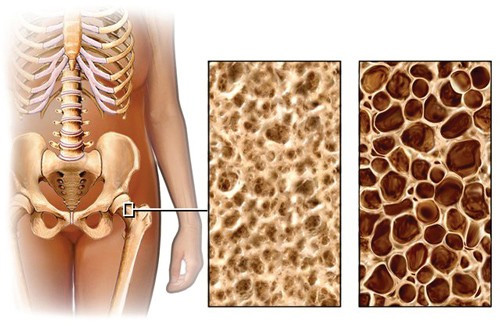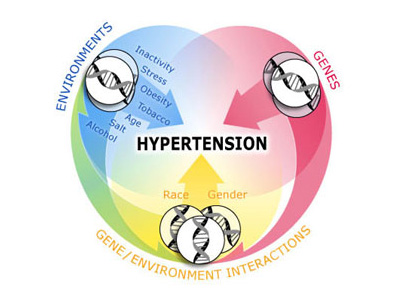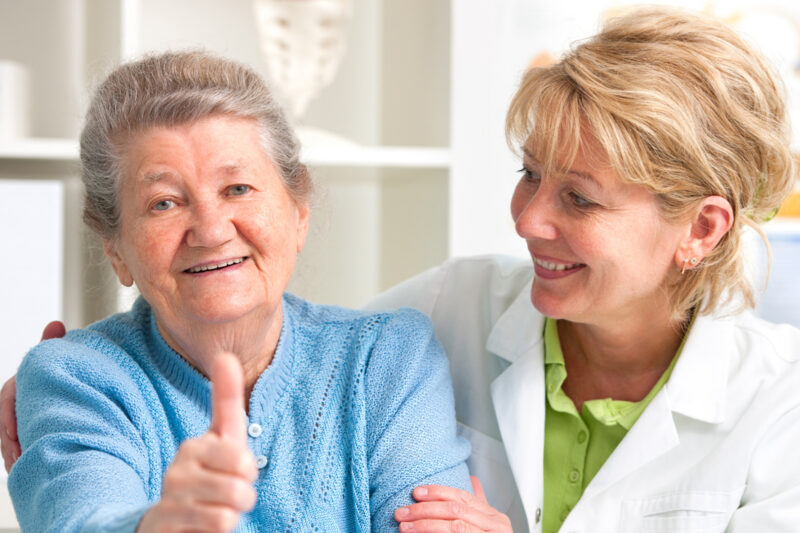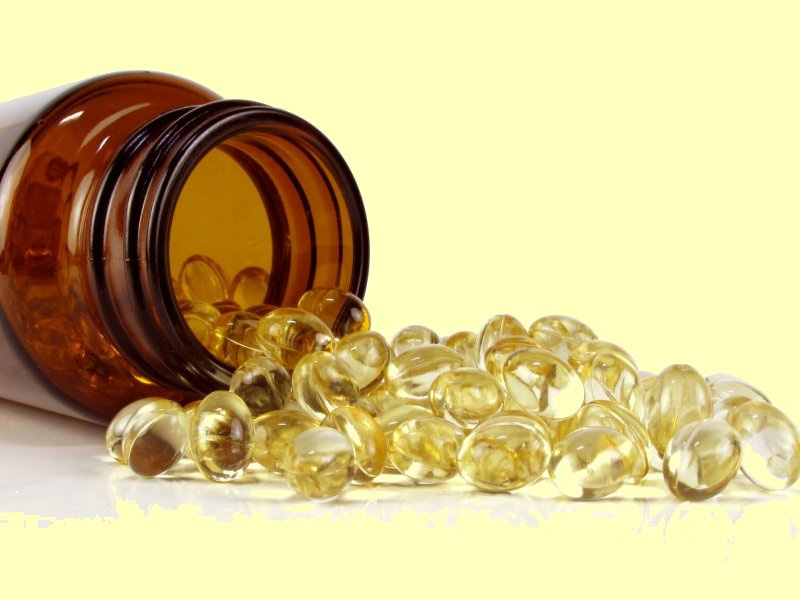Osteoporosis is a disease, characterized by an advanced decrease of bone density, i.e. the amount of bone substance per bone unit volume. The chemical constitution of the bones does not change. Decreased bone density reduces their strength and increases the probability of fractures. Thus, about 70% of fractures in patients older than 50 years can […]










